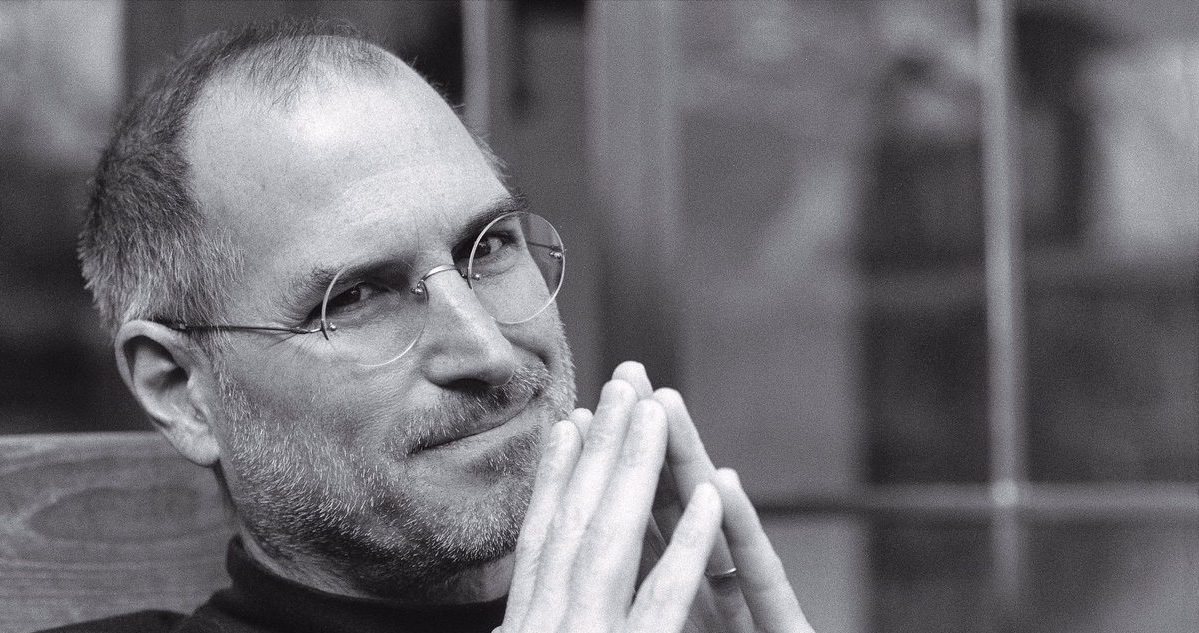Steve Jobs passed away on October 5, 2011. Today is a decade since the Apple co-founders death, and the Apple.com homepage has been changed to mark the occasion.
Remembering Steve Jobs
On the redesigned Apple homepage there is a statement from the Jobs family. It reads:
For a decade now, mourning and healing have gone together. Our gratitude has become as great as our loss.
Each of us has found his or her own path to consolation, but we have come together in a beautiful place of love for Steve, and for what he taught us.
For all of Steve’s gifts, it was his power as a teacher that has endured. He taught us to be open to the beauty of the world, to be curious around new ideas, to see around the next corner, and most of all to stay humble in our own beginner’s mind.
There are many things we still see through his eyes, but he also taught to look for ourselves. He gave us equipment for living, and it has served us well.
One of our greatest sources of consolation has been our association of Steve with beauty. The sight of something beautiful — a wooded hillside,a well‑made object —recalls his spirit to us. Even in his years of suffering, he never lost his faith in the beauty of existence.
Memory is inadequate for what is in our hearts: we miss him profoundly. We were blessed to have him as husband and father.
Steve Jobs’s Successor and Confidants Speak
Tim Cook was appointed to succeed Mr. Jobs as Apple CEO on a permanent basis just six weeks before his death. He paid tribute today with a video posted to Twitter.
https://twitter.com/tim_cook/status/1445358107157221379
Sir Jony Ive was also a close confidant of Mr. Jobs and rose to become Apple’s Chief Design Officer. He too has been remembering his mentor in recent days. Writing for The Wall Street Journal on Monday, he said that he thinks about Mr. Jobs ‘every day” and remains close to his widow, Laurene Powell Jobs. Sir Jony, who delivered the eulogy a decade ago, described Mr. Jobs as “the most inquisitive human I have ever met”, and recalled how the two had lunch together “most days.”
Medical Care and Lasting Legacy
Mr. Jobs’s suffered from pancreatic cancer and went medical leave in January 2009. He did return to the Apple stage in September that same year, following a liver transplant. He praised the “generosity” of his donor and unveiled a new set of iPod nanos. Although he did have the transplant, the remains debate and controversy surround the medical and care decisions Mr. Jobs made for himself. Some wonder if he could have lived longer had he taken a different approach.
With its move into streaming and growing focus on other services, the Apple Mr. Jobs left behind is very different one to the company that exists today. However, some of his core principles, like privacy, remain central to Apple to this day.
